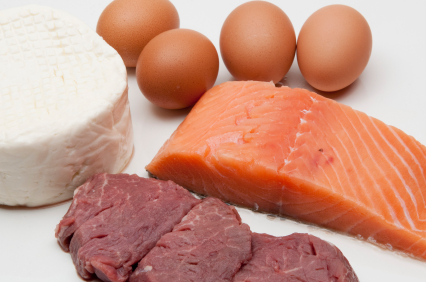Ever wonder how the calories on a food label are calculated? As it turns out, proteins, carbs, and fats each have specific calorie counts that are common to all foods of those types. Calories are actually measurements of energy, so each type of food provides different levels of energy for the body.
What is a Calorie?
The infamous calorie… We watch them, count them, blame them, avoid them…and for what? What did the poor calorie ever do to us? Well, they may be partly responsible for weight gain, a sore subject with most people. But calories alone don’t make us gain weight. Excess calories that go unburned are the real culprits.
What does this all mean? Well, let’s take a step back and talk about what a calorie actually is. A calorie is a measurement of energy. Scientifically speaking, a calorie is a measure of the amount of energy required to heat 1 kg of water by 1 degree Celsius. Because the body burns proteins, carbs, and fats to produce energy, we can use the calorie to measure how much energy we get from these foods.
These units of energy are so small, however, that a single piece of fruit has tens of thousands of them. So, to make things easier, we describe these units of energy in 1000-calorie chunks called kilocalories (kcal). Over time, however, the term “kilocalorie” has become synonymous with the term “calorie.”
What Does “Calorie Count” Mean to Me?
We use calories to measure how much energy is in the food we eat and how much energy we burn during physical activity. All proteins have the same calorie count per gram, as do carbs and fats. It’s important to know how many calories are in these types of foods. Fats, for example, have the highest concentration of calories at 9 per gram. This is one reason why our bodies store excess fat – for energy that may be needed later.
But, as I said earlier, eating fats doesn’t necessarily make you fat…unburned calories make you gain weight. This is why physical activity is so important. Carbs and protein have the same amount of calories per gram (4 cal/gram). Carbs, proteins, and fats are all used and burned by the body in different ways and at different times.
 Protein: The Building Blocks of Muscle
Protein: The Building Blocks of Muscle